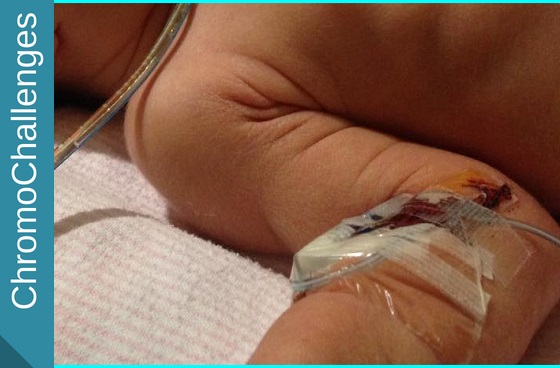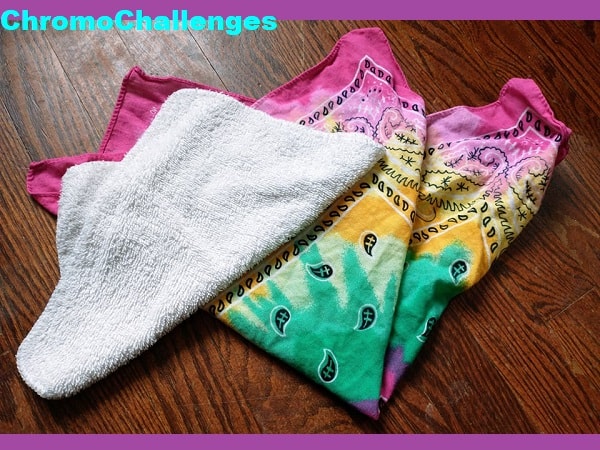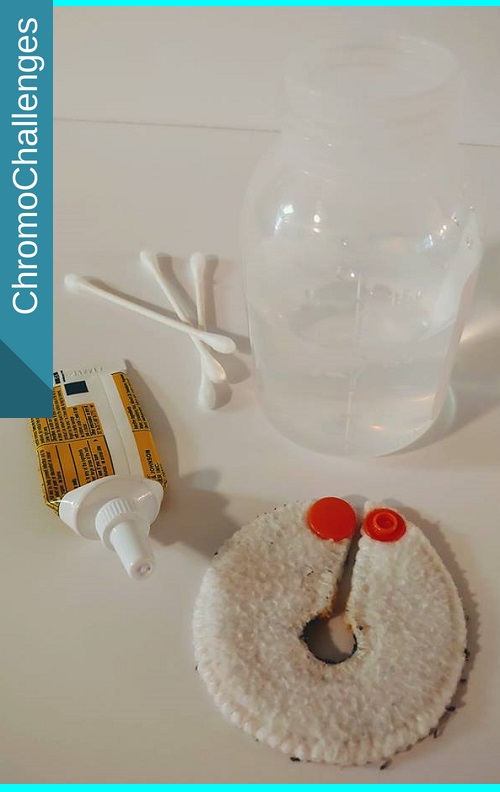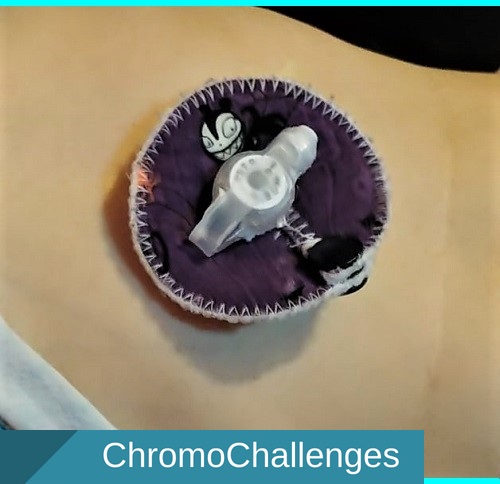Difficult IV insertions and what to do to advocate

My daughter Aubby was born with tiny little veins, and I wish I’d known what to ask for to make IV insertions easier way back then. But I didn’t know, because who’s told there’s an OPTION when an IV needle is placed, shots administered, blood drawn, or immunizations given?
People are just told to deal with it, that it’ll be over soon, that the nurse just needs to give it another try. And another, and another. And maybe another, and another, and another. Aubby used to cry until she was purple in the face while nurses moved the needle around in her arm trying to find her vein.
The average number of IV insertions it took for a nurse to get a vein on my child was no less than 6, every time. Aubby has had — in the space of one hospital visit — blown veins in both arms and legs, both hands and feet, and maybe a blown vein in her scalp before a vein on the other side of her head was successful.
When IV insertions are difficult, then what? How can you protect your child from necessary precautions to ensure fluids or short-notice medications?
G-tubes can be used to administer fluids…
One way I avoided excessive sticks was to put my foot down and firmly question whether the IV was necessary if it could be avoided. My daughter has a g-tube, which I pointed out to medical staff because they wouldn’t think to use it. Except that’s not an option for many other families.
Before I found out there was a better way, there was one more bad encounter with pain. At fifteen months old, Aubby had an umbilical hernia repair with cyst removal in the same surgery. This correction occurred because the doctor was worried about the cyst. As for her belly button, it stuck out far enough it looked like a little elephant trunk when she was upset or flexed her core muscles.
When the umbilical surgery was over, the IV she had lasted just long enough to get her to Recovery… and then it slipped. Nobody could get another IV on her because she was in too much pain to hold still. I had to tell them to stop trying to get another IV because Aubby was in danger of busting her fresh stitches.
So she recuperated from SURGERY on just Tylenol and Ibuprofen and nothing more because of her little veins. Truly, she’s a hoss, and I appreciate that quality for Aubby after what she’s endured in her life.
When g-tube access isn’t an option, then what?
Ultrasound IV Team, to the rescue!
When she was was about eighteen months old, my daughter’s Transfer Hospital gave me the magical phrase to beat the IV insertion problem: Ultrasound IV Team.
Yes! IVs and other needle work nurses required for kids with hard sticks CAN be done with the help of ultrasound!
This means that when you enter an ER or hospital situation and you KNOW your kid’s a hard stick, just calmly but firmly explain that they require an Ultrasound IV Team to do any needles.
An Ultrasound IV Team saves time, saves trauma, reduces the amount of pain kiddo has to go through, and can usually get a vein in one or two sticks TOPS… as opposed to eight sticks, or eleven. Making this request ABSOLUTELY changed my little girl’s world, and made helping her far less frustrating for nurse staff and my nerves.
Securing difficult IV insertions
The other thing about small veins and Ultrasound IV Teams is, if it’s an IV insertion and not just a blood draw of some kind, BE SURE to emphasize securing the site.
After placing the needle, tape will cover the needle to keep it in place — just make sure it’s skin-friendly tape since your little one might be allergic.
Finally, to firmly secure a hard-stick site, I highly recommend requesting a board, plastic cover, AND a sock to go over it all so it’s out-of-sight, out-of-mind.
Absolute game changer.






